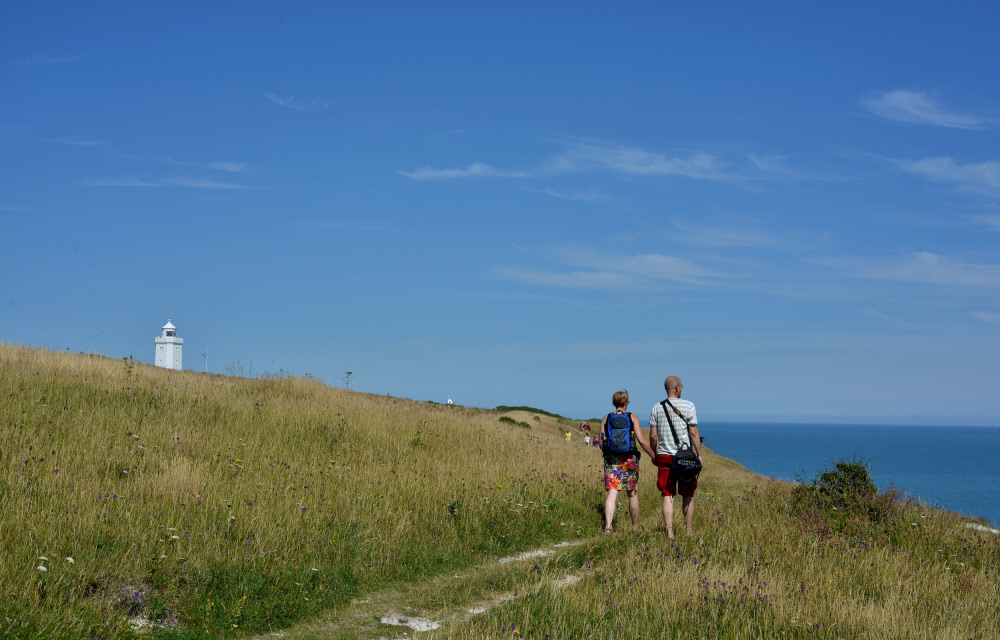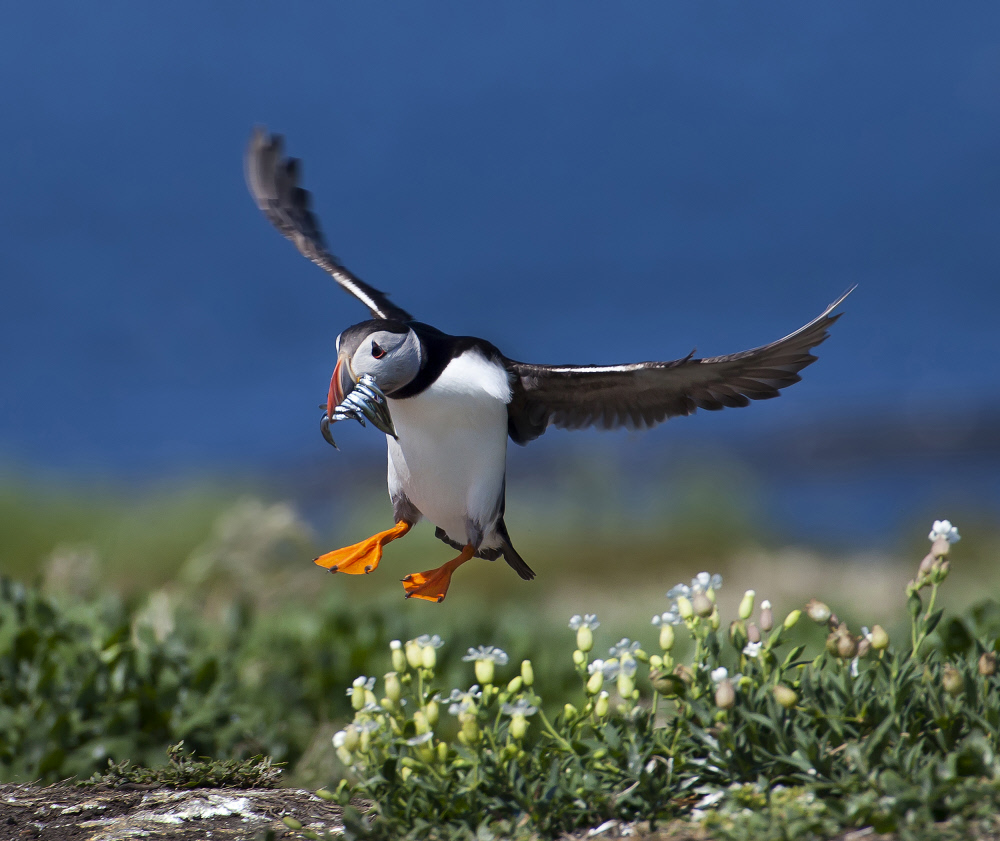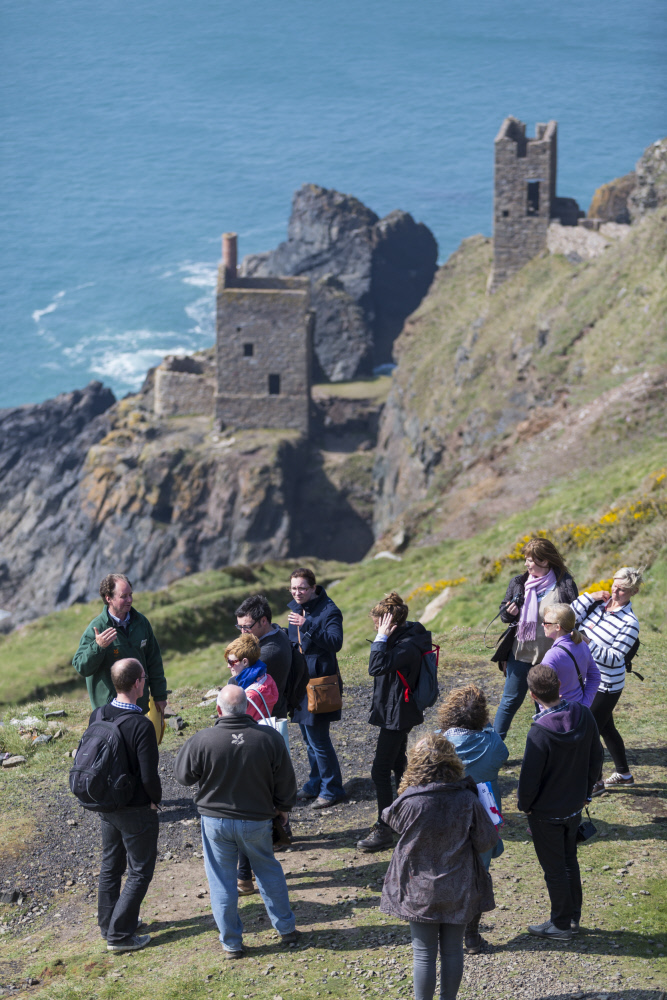Simon Pryor, Natural Environment Director at the National Trust writes about working with Natural England to make our exciting ambition of a coastal path right around the coast a reality.
When I first heard about the idea I thought, “Wow, that’s a big, bold and brilliant idea!” So it is fantastic, nearly ten years on, that this big ambition is now becoming a reality. I still think it is the most exciting and tangible improvement in people’s ability to enjoy the countryside to happen in my career.
The best ideas are the simplest, and there is something obvious and natural about an island nation being able to walk the perimeter of our land. The coast is also one of the least daunting types of countryside to access. It’s often wild, dramatic and feels remote - but you don’t have to worry about getting lost. It provides a great ‘taster session’ in wilderness walking.
That incredibly narrow strip of cliff slope, beyond the limit of cultivation, is one of the few places of our island that is near natural. It is also one of the most dynamic, one of the places where you don’t just see nature but feel the forces of nature. The powerful waves, the storm force winds and the extreme tides. Even the land doesn’t stay still: dunes blow around, beaches move and whole cliffs slump into the sea. This makes it sound a crazy place to build a path, but putting the principle of ‘roll back’ into the legislation was a master-stroke. It means the path can weave its way through this ever-changing landscape, but it can move as the coastline moves.

For a tiny island, we have one of the most diverse coastlines in the world, geologically and ecologically. It must also be one of the coastlines with the most fascinating history, with every stretch enriched with signs of past seafaring, trade, mining, defence and religion. But despite being such a crowded island, we are also incredibly lucky that nearly 90% of our coastline is still open countryside.
Joining Natural England’s Coast Path team for their inaugural meeting just over a year ago was the moment when I grasped the enormity of the task. Never before have I seen over 100 people brought together to deliver one big national project. And I have to say I have been hugely impressed at the efficiency, rigour and pragmatism with which they have gone about the task. Only a year on and we already have 80% of the coastline being worked on of which over 300 miles have been approved and ‘opened’ for all to enjoy.

Fifty years ago a small group of people came up with an equally wild idea which saw the National Trust launch the Neptune Coastline Campaign, an ambitious fundraising campaign aiming to secure as much coast as possible to protect it from inappropriate development. The tremendous popularity of this campaign means the Trust now looks after over 775 miles of coast around England, Wales and Northern Ireland and is demonstration of the nation’s love of the coast. Enabling people to access and enjoy the whole coast of England feels very close to the Trust’s core purpose of looking after special places for ever, for everyone, and so we are keen to give Natural England every support we can in creating the England Coast Path.
The strapline we have used for the National Trust’s own internal programme of work catalysed by the coast path is ‘Making space for people and nature around our shores’. We want to make sure it is not just the world’s longest coastal trail but also an amazing experience of the wildlife and heritage, the landscapes and seascapes that make our shores so beautiful and fascinating.

The spreading room being created by the new path is a great opportunity to create or restore coastal habitats. This could include new areas of a remarkable diversity of wildlife habitats: coastal heath, chalk grassland, estuarine woodland, saltmarsh and other coastal habitats. Not only could the existing patches be joined up to form a connected margin right around our shores, but the precariously narrow strip could be widened into a deeper belt. We will be working with Natural England and our tenants to determine the best line for the path and at the same time will be exploring with them opportunities to make our coastline even richer in nature, and the coast path an even better experience.
What once may have seemed a wildly ambitious idea is now, wonderfully, fast becoming a reality; and 2020 really doesn’t seem that long away. It’ll soon be time to start training for that 2,700 mile inaugural walk!
For more information see Natural England's England Coast Path pages, and how to plan your visit. You can view progress on the route here.